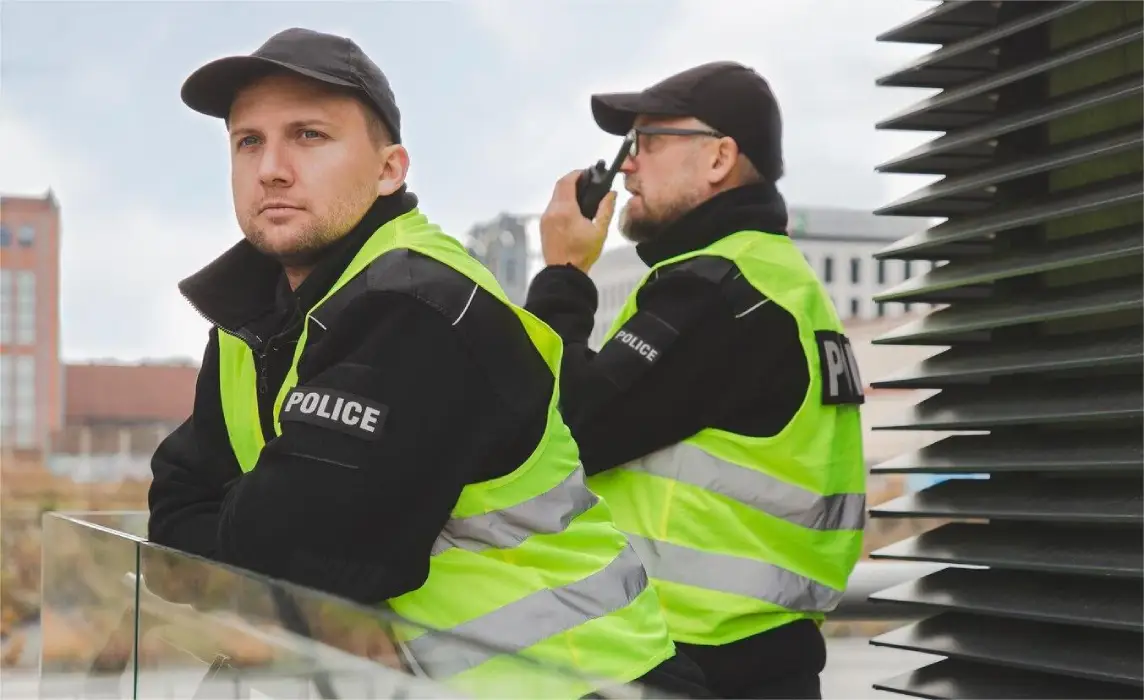
New Shoplifting Laws UK 2025
By London Security College Is Your Licence Near to Expire? SIA Refresher Training + First
SIA Refresher Training + First Aid– Keep Your Licence Active! Only £199
Police officers play a crucial role in managing road traffic, especially in situations where traffic lights are absent or malfunctioning, during large public events, or emergencies. Understanding their hand signals is vital for drivers and pedestrians alike to maintain road safety and avoid accidents.
Here is a comprehensive guide to the most common police hand signals in the UK:
Police hand signals are an essential tool in traffic management, especially during emergencies or large events. Disregarding these signals can result in fines or legal penalties, and more importantly, it can cause dangerous situations on the road.
Always stay alert when approaching an officer directing traffic. The officer’s signals override automatic traffic lights or road signs, so it’s crucial to follow their instructions precisely. Drivers should slow down, observe the officer’s hand movements, and respond appropriately. Pedestrians, too, must be cautious and follow the officer’s instructions for crossing safely.
To make these instructions even clearer, here is an illustration showing the most important police officer signals:
This image displays each of the critical signals used by officers, helping you quickly identify and respond to them on the road.
By understanding and following police hand signals, you play a part in ensuring safety for all road users. Whether you’re a driver or pedestrian, being familiar with these signals will help maintain a smooth and safe traffic flow during times when officers are directing the situation.

By London Security College Is Your Licence Near to Expire? SIA Refresher Training + First

By London Security College Is Your Licence Near to Expire? SIA Refresher Training + First

By London Security College Is Your Licence Near to Expire? SIA Refresher Training + First

By London Security College Is Your Licence Near to Expire? SIA Refresher Training + First
London| Birmingham| Manchester | Leeds | Glasgow | Sheffield
London Security College is the leading supplier of SIA Licence courses in London. We excel in SIA Courses such as SIA Door Supervisor Course, SIA Top Up Training, SIA CCTV Surveillance Course, First Aid Courses, Traffic Marshal Banksman Course Online, and Forklift Training Course.
“It is impossible for a man to learn what he thinks he already knows”
London Security College
International House,
24 Holborn Viaduct,
London, EC1A 2BN
020 8050 4108
Copyright © LONDON SECURITY COLLEGE is a training and hiring platform

Fill in the form below